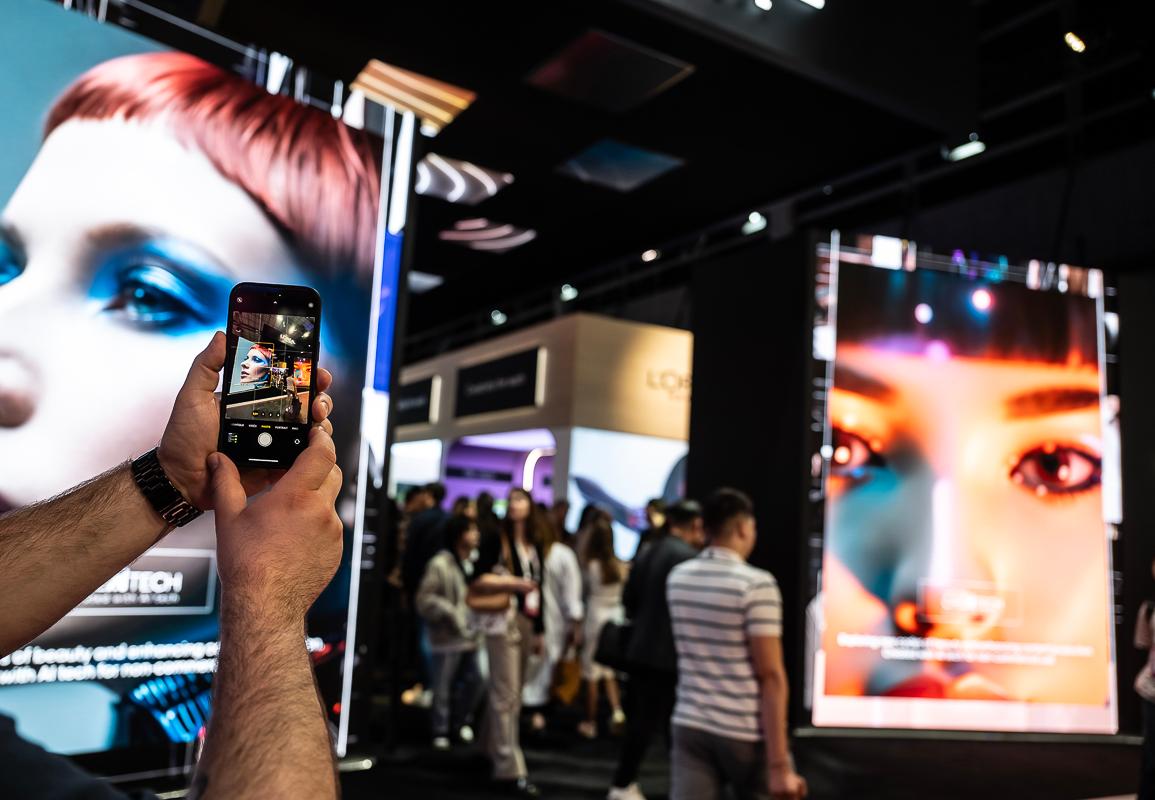L’Oréal Group has unveiled its latest innovations in hyper personalization leveraging generative artificial intelligence alongside a partnership with Meta. The announcements took place in Paris at VivaTech, Europe’s leading technology fair.
During a press conference on Wednesday, the Group announced the partnership between the social media giant and L’Oréal Paris, Lancôme and La Roche-Posay. Titled the New Codes of Beauty Creator Program, the initiative will involve collaborations with a squad of 30 creators and influencers who will co-create content leveraging 3D, virtual reality and augmented reality techniques.
The goal said Asmita Dubey L’Oréal Chief Digital and Marketing Officer, is “to empower the next gen or AR
Arweave
It also “helps to generate new codes,” keep abreast of new trends in real time and “to inspire new product innovations we bring to the market,” said Barbara Lavernos, Deputy CEO in charge of Research, Innovation and Technology who termed the process a “virtual circle.”
At its VivaTech stand, the beauty behemoth also showcased innovations in solution based hyper personalization both realized with the help of hot topic du jour, generative AI and using clinical imaging tech.
These included L’Oréal Paris Beauty Genius, a Gen AI-powered, personal beauty assistant offering users personalized diagnostics, recommendations and customized routines.
“We know 70% of beauty consumers are overwhelmed by the amount of choices around them so they ask their friends, search online and watch videos to try to make sense of the sheer number of products on the shelves,” said Dubey
The Beauty Genius uses a combination of Gen AI, predictive AI, augmented reality, computer vision and color science—all geared “to help consumers make better choices.” Currently in a 2000 person beta phase to help finesse and gather data, it will launch in the U.S. in Q3 for L’Oréal Paris with around 750 skus.
Dubay also shared how L’Oréal CREAITECH
iShares MSCI Chile ETF
The technology can be used to “intent detect” to help customer services agents field calls using information customers have previously shared with the band on recent purchases she said. She stressed the need for human agents and that the AI is simply designed to accelerate their capabilities rather that to replace them.
Elsewhere, Kiehl’s showcased a Derma-Reader which evaluates customers’ skin using clinical imaging technology, measuring over 11 skin attributes and recommending appropriate ingredients and lifestyle tips in addition to targeted routines.
Guive Balooch, Global Vice President of L’Oréal’s Technology Incubator told me that Lancôme, YSL and Skinsceuticals also use the device but that the algorithms are adjusted for the consumer targets of each brand. Inclusive algorithms are based on over 16,000 validated datasets from every country.
“The biggest consumer tension is not knowing the right product for you” he said, adding that the next step was working with biomarkers via Verily which built the largest diabetes study in the world.
“We wanted to apply the technology to skin because each of us have biomarkers in our skin that means they will react or not to certain products. This is the way we should understand what kind of products to use. It would unlock so much value for people.”
A similar degree of hyper personalization is being applied to fragrance and its intersection with wellness. Following a Dubai trial, YSL is operating its Scent-Sation in a selection of doors worldwide. The state-of-the-art, in-store experience leverages neuroscience to provide personalized fragrance advice via a neuro-connected headset using EEG (electroencephalography) technology. It measures an individual’s reactions to different accords to create personalized olefactory profiles pinpointing fragrance groups that make them happy, relaxed, energized and less stressed.
It took me over 40 years to realized Fleur d’oranger is my scent,” said Balooch.
Now he wants to do this on a large scale taking in facial expression, smell, and touch, and to make it accessible on a mass market level. Like the Verily project’s origins in medical research, the Group is working on a headset with Australian American outfit Emotiv whose electroencephalography tech can be used to allow those with spinal cord injuries to drive—simply by thinking.
Read the full article here





